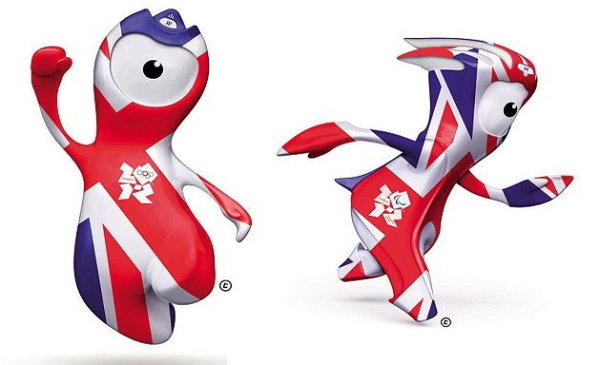While many consumer goods markets in the West are stagnating, 65% of the world’s population is living in societies that are experiencing economic growth of 5% or more a year.
While the baby boom occurred between 1945 and 1960 in the U.S.A., much of the rest of the world is still experiencing a baby boom that began in 1975. The average person has seen his or her standard of living double in the past 15 years, far surpassing that of the USA or Western Europe. Put very simply, the majority of the growth potential in consumer markets exists outside of the USA and Western Europe.
Benefits Of Global Branding
In addition to taking advantage of the outstanding growth opportunities, the following drives the increasing interest in taking brands global:
•economies of scale (production and distribution)
•lower marketing costs
•laying the groundwork for future extensions worldwide
•maintaining consistent brand imagery
•quicker identification and integration of innovations (discovered worldwide)
•preempting international competitors from entering domestic markets or locking you out of other geographic markets
•increasing international media reach (especially with the explosion of the Internet) is an enabler
•increases in international business and tourism are also enablers
When To Leverage A Single Brand Globally
A company is more likely to leverage a single brand globally if:
•it is already operating worldwide (one brand is more efficient)
•the brand is an extension of the owner and his or her personality
•the brand’s relationship to its country of origin creates positive associations (like a watch brand from Switzerland or a gourmet food brand from France)
Global Brand Constants
At a minimum, when going global, the following elements should remain constant throughout the world:
•corporate brand
•brand identity system (especially your logo)
•brand essence
Global Brand Variables
The following elements may differ from country to country:
•corporate slogan
•products and services
•product names
•product features
•positionings
•marketing mixes (including pricing, distribution, media and advertising execution)
These differences will depend upon:
•language differences
•different styles of communication
•other cultural differences
•differences in category and brand development
•different consumption patterns
•different competitive sets and marketplace conditions
•different legal and regulatory environments
•different national approaches to marketing (media, pricing, distribution, etc.)
Language Translation
A key question in global branding is this: Do you translate the brand name into the local language or keep it in the original language? You should probably keep it in the original language if (a) there is no intrinsic meaning and it is easy to pronounce or (b) global awareness of the brand name is already high. You should consider translating the name into the local language if it is suggestive of a key benefit (that would be lost if the original name were used).
Other Key Global Branding Questions:
•Have you identified the relative attractiveness of each market for your brand (and have you identified consistent criteria for doing so)?
•Have you conducted an attitude and usage study in each country whose market you are considering entering?
•Do you know the category and brand development indices in each country in which you operate?
•Do you have a global branding scorecard that can be applied country by country?
•Do you have agreement on which decisions are made centrally and which ones are made locally?
Taking A Brand Global: Other Considerations
•Because of the extended global baby boom, youth marketing is a huge opportunity. Brand names, designer labels, and other forms of status will play well to the global youth market, in general.
•Global advertising needs to consider the fact that, for much of the world, the economy is booming and the context is unprecedented optimism. The tragic events of September 11, 2001 notwithstanding, the economies of many nations continue this growth.
•The world’s consumers are not naïve. Much of the world has access to English language television.
•Start marketing in countries before their spending power is fully realized. Due to media exposure, people are forming their brand opinions now.
•Representing male/female relationships appropriately will vary from society to society. Be sure that you fully understand the local cultures before attempt to do so.
•Using distributors is frequently a good way to break into foreign markets. It is critically important to carefully choose the right distributor when trying to enter a new market.
Ultimately, there is much to be gained by extending your brand globally. The saying “think globally, act locally” makes much sense in this context. The key is determining what elements you will tailor for local markets. That depends upon a thorough understanding of the similarities and differences between the local markets you intend to serve.
The Blake Project Can Help You Expand To New Markets. Take The First Step With Us.
Branding Strategy Insider is a service of The Blake Project: A strategic brand consultancy specializing in Brand Research, Brand Strategy, Brand Licensing and Brand Education




